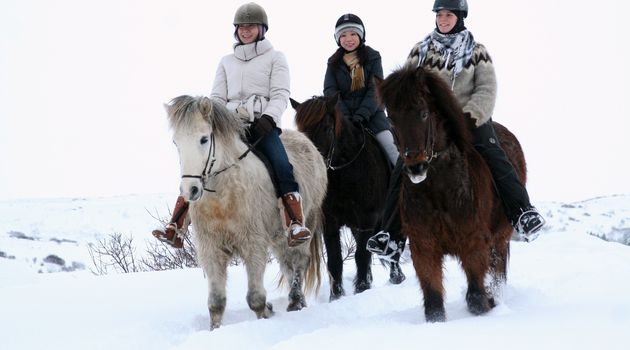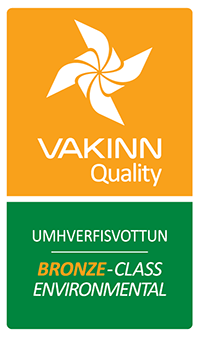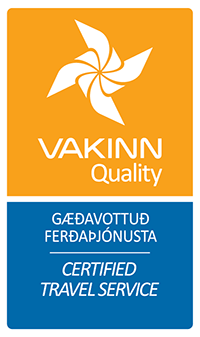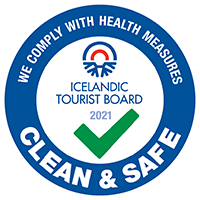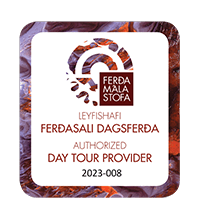So, Iceland is volcanically active. It should not come as a surprise since the Mid-Atlantic ridge goes through the island (and it is coincidentally the only place in the world where you can see the Eurasian and North-American tectonic plates above ground, neat!).
Should you look out for any volcanos? Of course. Check out this list of three of them!
Hekla
Hekla is the volcano that erupts most often and has erupted six times in the last 70 years.
In the middle ages, it was believed to be the entrance to hell, but we all know that is not true. It was just unfortunate marketing.
Hekla last erupted in 2000 and geologists, and volcanologists keep a close eye on it. It has been showing signs of erupting, but it is thought the 2010 Eyjafjallajökull’s eruption emptied out the magma chambers for the nearby volcanos as well.
Hekla is one of only 2000 legal female names in Iceland!
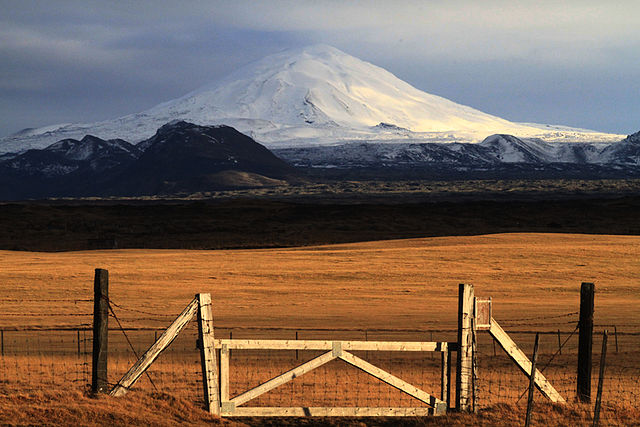
Image by Sverrir Thorolfsson [CC BY 2.0], via Wikimedia Commons
Katla
Iceland’s most dangerous volcano. When it erupts, it explodes. It is situated in Mýrdalsjökull glacier, which sits next to Eyjafjallajökull. It usually erupts every 13-95 years, but it has not erupted so that we can see, in 100 years. It is possible there have been a couple of smaller eruptions that didn’t break the glacier’s surface though.
The last explosion was in 1918 and was bigger than the 2010 Eyjafjallajökull eruption. The southern coast of Iceland was extended by 5 kilometers due to laharic flood deposits. The floods that follow Katla’s big eruptions are extensive, and in the 1755 eruption, the peak had an estimated of 200,000 – 400,000 m3/s which is the combined average discharge of the Nile, Yangtze, Mississippi and Amazon rivers – which is still only about 266,000 m3/s!
Katla is also one of the 2000 legal female names in Iceland!
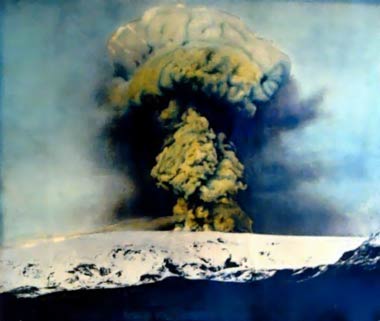
Öræfajökull
This volcano is also under a glacier and was in the news a couple of months ago. Scientists are watching it closely since it seems it will erupt very soon. It is Iceland’s largest volcano and the glacier it lies under includes the highest peak of Iceland, which is 2,110 meters high, it is also a part of Vatnajökull, Europe’s largest glacier.
The volcano’s caldera had dropped more than 20 meters!
Öræfajökull is not a legal female name in Iceland.
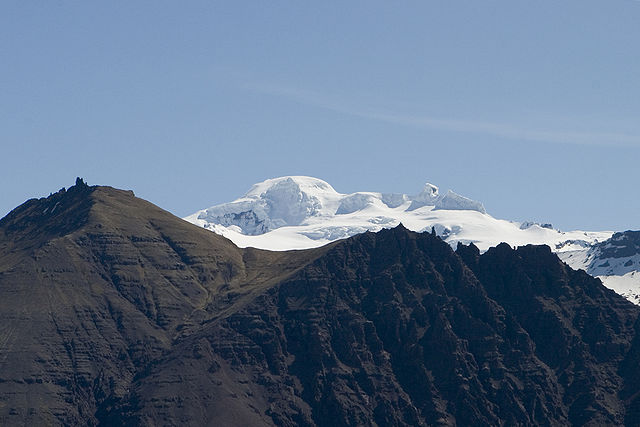
Kristinnstef at the English language Wikipedia [GFDL or CC-BY-SA-3.0], via Wikimedia Commons
Volcanos are the most powerful force of nature there is. They are however far from being the only natural wonders in Iceland. To what else you can find in Iceland, we recommend our blogs. There you may also find extremely useful information for travelers heading for Iceland.
Driving is the best way to explore Iceland. Therefore, we recommend booking a car from Blue Car Rental, before you start maping out your trip.
